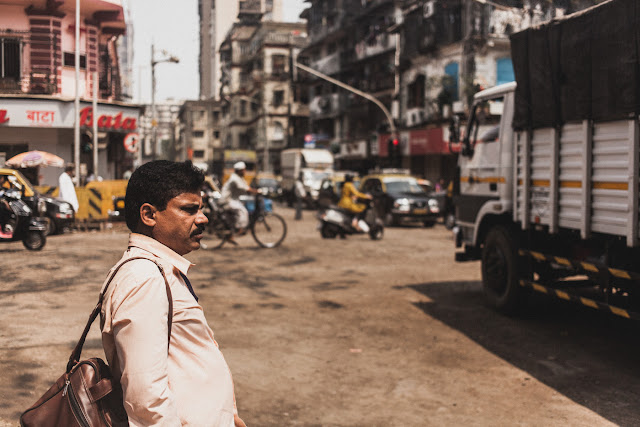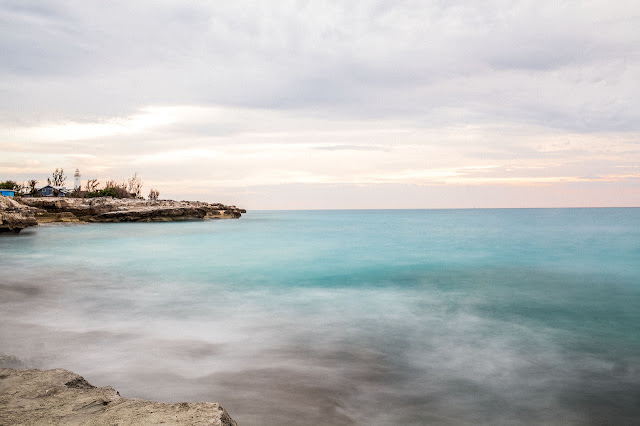Behind the Great Game- Monika Bulaj
I found Monika Bulaj's Behind the Great Game to have a very humanistic quality very often absent in works of lesser substance. Through the moments she captured, the lighting, and the coloring there is a softness to even the harshest realities, that leave you feeling as if you are experiencing the moment through a dream. I feel like I was witness to her capture and at once am connected to the subject. In direct contrasts to the images of the last posting by Henner, Bulaj manages to leave the viewer with beauty and feelings of respect for the subject while telling her story of victimhood and "bringing to light the invisible spaces" of Iran, Pakistan, Afghanistan and the Central Asian Republics.
I thought this was a great piece:
What lies behind the conflicts and power struggles vying for control of the oil resources of Western and Central Asia? The aim of this work – The Central and Western Asia Project - is to give voice to those who are the unwilling protagonists (and often victims) of that which Ahmed Rashid terms The New Great Game, in Iran, Pakistan, Afghanistan, and the Central Asian republics.
In Afghanistan, a country that was to be saved from itself, despite the millions of dollars in aid and the presence of military personnel, over half of the population depends on food aid for their very survival and the condition of women is still among the worst in the world. Pakistan, increasingly torn apart by civil strife, is the victim of American political myopia that has bred a hatred for the West and has rendered impossible any serious opposition to the extremists, undermining the very founding values of the Pakistani state: democracy, a secular educational system, a functioning civil society.
In the work that I did in this Region (Afghanistan, Tajikistan, Iran) I’ve tried to go beyond the facile geopolitical characterizations of this region and its inhabitants and bring to the light its invisible spaces: spaces that resist the political monochromes, populist rhetoric and imported understandings of radical Islam. There is another, hidden world here, ignored by the media: that of the Sufi, despised by the Taliban; that of Islamised shamanisms and pre-Islamic traditions; that of the various nomadic tribes and other religious minorities, such as the animists, whose sacred places have long been seen as a powerful threat to the dominance of Taliban Wahabite ideology.
I’m trying to bring to the fore also the condition of women: their struggles with depression and suicide, with the impositions of morality, their aspirations, their sexuality.
if you enjoy reading this blog share it with your friends via email or any of the social media buttons below
I thought this was a great piece:
What lies behind the conflicts and power struggles vying for control of the oil resources of Western and Central Asia? The aim of this work – The Central and Western Asia Project - is to give voice to those who are the unwilling protagonists (and often victims) of that which Ahmed Rashid terms The New Great Game, in Iran, Pakistan, Afghanistan, and the Central Asian republics.
In Afghanistan, a country that was to be saved from itself, despite the millions of dollars in aid and the presence of military personnel, over half of the population depends on food aid for their very survival and the condition of women is still among the worst in the world. Pakistan, increasingly torn apart by civil strife, is the victim of American political myopia that has bred a hatred for the West and has rendered impossible any serious opposition to the extremists, undermining the very founding values of the Pakistani state: democracy, a secular educational system, a functioning civil society.
In the work that I did in this Region (Afghanistan, Tajikistan, Iran) I’ve tried to go beyond the facile geopolitical characterizations of this region and its inhabitants and bring to the light its invisible spaces: spaces that resist the political monochromes, populist rhetoric and imported understandings of radical Islam. There is another, hidden world here, ignored by the media: that of the Sufi, despised by the Taliban; that of Islamised shamanisms and pre-Islamic traditions; that of the various nomadic tribes and other religious minorities, such as the animists, whose sacred places have long been seen as a powerful threat to the dominance of Taliban Wahabite ideology.
I’m trying to bring to the fore also the condition of women: their struggles with depression and suicide, with the impositions of morality, their aspirations, their sexuality.
Monika Bulaj
All images © Monika Bulaj






